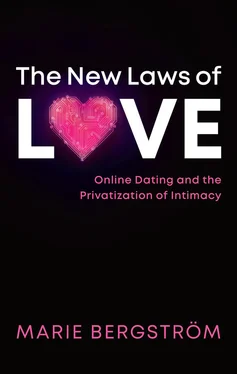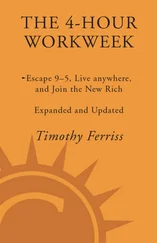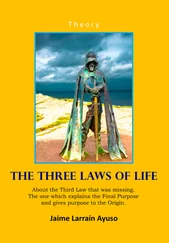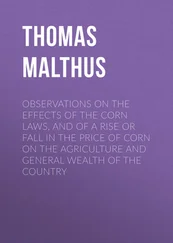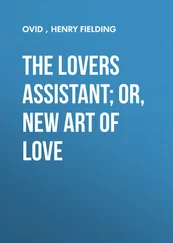The appearance of matrimonial advertisements and agencies was first caught in a nineteenth-century debate about falling marriage rates. Contemporary observers raised concerns about the growing number of unmarried persons, which affected how the new matchmaking services were perceived. A common understanding was that in modern society young men and women were having increasing difficulty in finding a spouse, and therefore turned to professional intermediaries. The publishers of matrimonial ads often drew on this idea: when addressing their readers, they evoked the growing prevalence of singles and promoted their services as a solution to the problem.
Among the serious causes of the shortage of marriages, we do not hesitate to point out the difficulties and embarrassment experienced by most people, of either sex, who wish to marry – not only to seek, but also to find, meet, and get to know their one and only. […] In this frenzied century – with so many varied pleasures, constant labors, and important business of multiple sorts that must be dealt with at the same time, at full steam – many men whose position requires that they marry promptly enjoy neither the time nor the circumstances to seek and find a wife. ( La Gazette du Mariage , July 15, 1882)
The publishers of matrimonial ads often stressed the difficulties of meeting someone in a “frenzied” society characterized by the intensification of economic and social life and by a perceived acceleration of time. Young people were thought to be too busy or simply inapt to find a spouse, and marriage was consequently considered to be in crisis (Epstein, 2010; Cocks, 2013). Interestingly, this was actually not the case at all. At the end of the nineteenth century marriage rates were not falling in Europe but were rather stable over time, or even increasing (Hajnal, 1953). What was taken for a fact was in reality a false assumption, spurred by fears that marriage could be in decline (Cocks, 2013).
Today we witness a similar phenomenon. When explaining the popularity of online dating, journalists, bloggers, and essayists almost systematically refer to the rising rates of singlehood. People are perceived as having difficulties, not only with encountering potential partners, but also with committing to stable relationships. Ironically, from this point of view, our hyperconnected world, in which communication is undoubtedly faster and more effortless than ever before, has made interaction and relationship building more complicated than they were in the past. But, once again, empirical data tend to invalidate this pervasive idea. It is true that more people are single in the 2020s than in the 1970s, but this is not due to a hypothetical difficulty in forming couples. Relationship rates are not falling: just as many people form couples today as they did a few decades ago (Manning et al., 2014; Bouchet-Valat, 2015), the difference is rather that they break up more often than before (see chapter 6). That is, it is just as difficult today as it was yesterday to find empirically the supposed crisis of couple formation. What is easy to find, however, is the seemingly timeless fear that marriage and love are under threat and about to disappear. This fear often makes matchmaking services into scapegoats. This is the fate of Tinder today, just as it was the fate of Matrimonial News more than a hundred years ago.
The old commodification debate
A second debate with a long history is the one on the commercialization of love and marriage. In the nineteenth century, publishers of personal ads and matrimonial agencies were accused of turning marriage into a money-making business. Popular outcry in the United States demanded a ban on matrimonial advertisements (Epstein, 2010), while jurists in France challenged both the legality and the morality of marriage brokerage, and public opinion was alarmed by the stream of criminal cases involving marriage agencies (Gaillard, 2017). At the same time, indignant articles published both in Europe and in North America accused “spouse wanted” ads of debasing the sacred institution of marriage by reducing it to a commercial exchange. The men and women who used ads and agencies were scorned for taking a pragmatic approach to matrimony. To lay out one’s expectations and to proclaim one’s own social status in public had all the hallmarks of a commercial transaction. Observers were deeply disturbed by this direct approach to the business of marriage, as it stained the ideal of romantic love (Kalifa, 2011; Cocks, 2013).
During this debate, French nineteenth-century commentators coined the term “marriage market” (Gaillard, 2020). Since then, this term has acquired a scientific character, being used primarily by scholars in economics to describe partner choice and matching. But when it was coined in France, it was not a concept at all; it was a moral term used to condemn marriage brokerage:
[The critical essays] readily describe these agencies as an “industry,” or even as “marriage factories,” in order to awaken the anxieties of a society in full industrialization. In short, the marriage market is supposed to be the expression of a generalized competition between marriageable individuals in a modern society characterized by urban anonymity. The metaphorical use of the term “matrimonial market” aims to morally contest these agencies, as it maintains a confusion between the rationale that governs partner choice and the commercial logic that governs these new businesses. Since the agencies constitute a “marriage market,” responding as they do to the demand of their clientele, does this not mean that the couple formations themselves are dictated by the rules of market competition? From observing a matrimonial market to asserting a commodification of people is only a short step. (Gaillard, 2020, p. 50)
This historical perspective brings many insights to the contemporary debate about the commodification of love. Just as their ancestors, dating sites and apps are said to turn intimate relationships into a market, and users stand accused of having a pragmatic, or even consumerist approach to partner choice. In much the same way as industrialization was held responsible a century ago, objections now focus on the liberal market economy. But the arguments are ultimately the same now as they were then, and are found both in Europe and in North America. Pamela Epstein’s analysis of how matrimonial ads were covered by the American press in the late nineteenth century reveals that “critics of personal ads saw them as symptomatic of a new era of commercialization and commodification, and feared that the results would be dangerous – not only to individuals but to society as a whole. As the ads multiplied, they provided additional proof that the market was intruding into private life in an unprecedented manner” (Epstein, 2010, pp. 106–107). This diagnosis is very similar to the ones we find around online dating today. While the twenty-first century is often described as a critical moment in history in which capitalism changes and corrupts intimate relationships, a very similar criticism was already mounted against the market some 150 years ago.
The nineteenth century’s disapproval of a presumed “marriage market” may seem strange. Why would talk of money, real estate, and heritage when arranging marriage alarm the general public so much at a time when marriage was indeed closely intertwined with economic issues? What shocked this public, Claire-Lise Gaillard explains, was that the economic concerns were so bluntly put on display. Making a good match was important at the time, but these matrimonial negotiations were supposed to remain hidden behind the scenes. The reason why marriage seekers dared to make them public was precisely that the ads and agencies allowed them to remain anonymous. In other words, what appalled the public was not the socioeconomic foundation of marriage in itself, but rather the exhibition of this foundation. As Claire-Lise Gaillard puts it, “the market criticism reveals the malaise of the nineteenth-century society to see the real principles of partner choice being exposed in crude terms in the advertising columns, while they usually were kept secret” (Gaillard, 2020, p. 61).
Читать дальше
